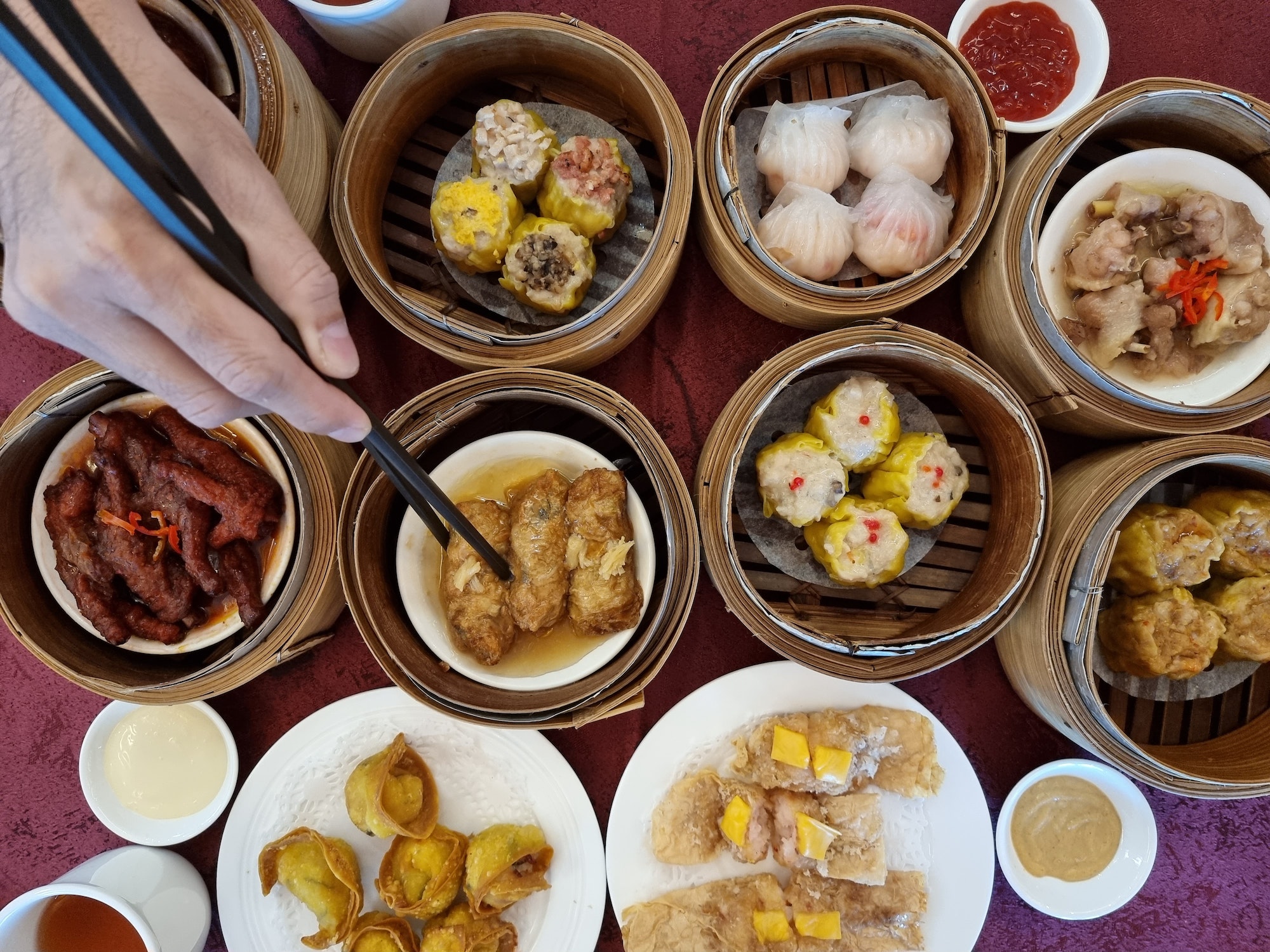Dim sum, a traditional Chinese cuisine, has a rich history that dates back to the ancient Silk Road. This gastronomic delight originated in small teahouses during the Tang Dynasty (618-907) and gained popularity in the Guangdong province. As travelers and merchants rested at these teahouses, they were served small plates of various foods to accompany their tea. Over time, dim sum evolved into a culinary art form, with chefs showcasing their creativity through intricate dishes that were as visually appealing as they were delicious.
In Cantonese, “dim sum” translates to “touch the heart,” which is fitting for a meal designed to please both the palate and the eye. Dim sum culture is deeply rooted in family gatherings and social bonding over food, with an emphasis on sharing and enjoying a wide variety of dishes together. In this sense, dim sum is not just about the food itself but also about the social experience of dining together.
Dim sum is typically served from early morning until mid-afternoon, making it a popular choice for brunch or lunch. It is traditionally served on small plates or in bamboo steamers and presented on carts that are wheeled around the restaurant. Diners can choose from an array of dishes as they pass by, creating a lively and interactive dining experience.
There are countless dim sum dishes to choose from, but some have become particularly popular and iconic throughout the years. Here are some must-try favorites:
- Har Gow (Shrimp Dumplings): These delicate dumplings feature a translucent steamed wrapper made from wheat and tapioca starch, filled with plump shrimp and bamboo shoots. The skill of the chef is evident in the thinness of the wrapper, which should be translucent enough to see the filling but sturdy enough not to break when picked up with chopsticks.
- Siu Mai (Pork and Shrimp Dumplings): Siu Mai is another classic dim sum dish, featuring an open-faced steamed dumpling filled with a mixture of ground pork, shrimp, and mushrooms. The top is often garnished with a single pea or roe for a touch of color.
- Char Siu Bao (Barbecue Pork Buns): These fluffy steamed buns are filled with tender pieces of barbecue pork and are a favorite among dim sum lovers. The soft dough encases the sweet and savory filling, creating a perfect balance of flavors and textures.
- Cheung Fun (Rice Noodle Rolls): Thin sheets of rice noodles are rolled around various fillings, such as shrimp, beef, or vegetables, and then topped with a sweet soy sauce. The slippery texture of the rice noodle contrasts beautifully with the flavorful filling inside.
- Fung Zao (Chicken Feet): While not for the faint-hearted, chicken feet are a popular dim sum dish that showcases the full range of Chinese culinary techniques. The feet are first deep-fried, then braised in a flavorful sauce made from black bean paste, oyster sauce, and soy sauce before being steamed to tender perfection.
- Lo Mai Gai (Sticky Rice in Lotus Leaf): Sticky rice is mixed with various ingredients such as chicken, sausage, or mushrooms and then wrapped in a fragrant lotus leaf before being steamed. As the rice cooks, it absorbs the flavors from both the filling and the leaf, resulting in a deliciously aromatic dish.
Dim sum culture continues to thrive not only in China but also in cities around the world with large Chinese populations. As more people discover the joys of this delicious culinary tradition, dim sum will undoubtedly continue to touch hearts and delight taste buds for generations to come.

